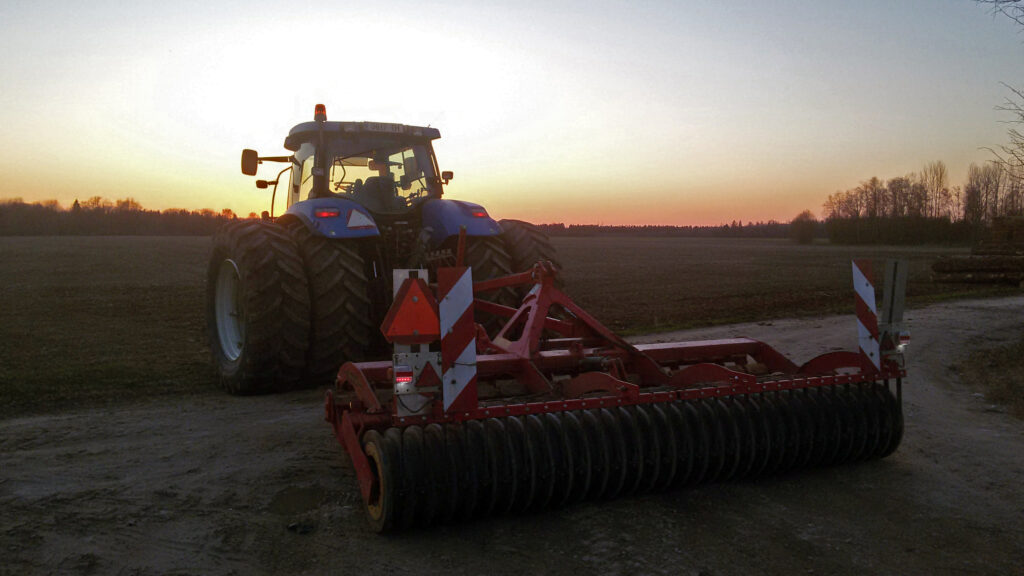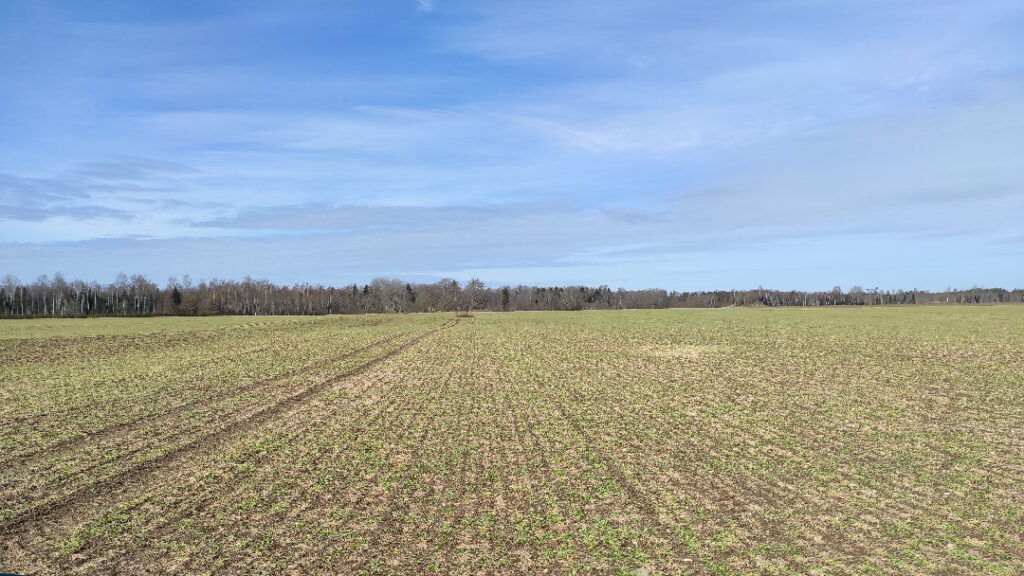St. Anthony’s Day has passed, and half of winter is over. It’s time to prepare more seriously for the new season.
Winter
Little snow was followed by a -25°C cold snap on winter crop fields in early 2024. Temperatures fluctuate significantly – one day it’s -20, and the next day it’s thawing. Thaws turn the snow covering plants into ice, which takes longer to melt than fluffy snow.
If you’ve read my worst-case scenario for winter crops, the 23/24 winter seems to be following it in some areas.
So far, I have believed that the lack of oxygen under the ice crust is the cause of death for the plants. However, according to METK researchers, this is not such a significant problem; instead, ice is a good conductor of cold, and external temperatures reach the plants more effectively.
In Estonia, there have been temperatures below -20 degrees even in March, and if that comes on top of the ice layer in the field, it directly reaches the plants. The sun also cannot penetrate under the ice crust, meaning that photosynthesis does not work.
METK researchers dug up winter wheat around January 11th in the Jõgeva (where I am based), Viljandi, and Kuusiku experimental centers, and it was alive in all three variants. In the last two centers, there were also signs of life in winter rapeseed. Does this apply to my winter crops? Estonia is so diverse climatically and topographically that conditions can vary greatly even within a 5 km radius. But it does give some indications.
Spring-Summer Outlook
The last 3 years in Estonia had dry summers. Maybe the fourth year will be less extreme. In 2023, Jõgevamaa saw no rain from May 7th to July 1st (0mm). Despite this, winter barley yielded over 7 t/ha, winter wheat over 6t on decent fields. How is this possible? I don’t know. Was the drought only in my imagination? Summer crops showed the reality, with spring barley at 1.5t, and peas underperformed. The health of winter crops is crucial, as in a dry summer, the yield difference can be multiple times in favor of winter crops.



